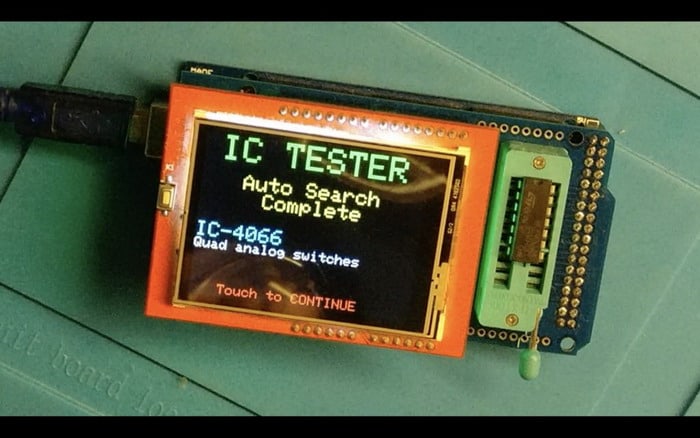Electronic components can be tested to ensure that they meet certain specifications or to diagnose problems in a circuit.
The specific tests performed on electronic components depend on the type of component being tested and the function it is intended to perform. For example, resistors can be tested for their resistance value, capacitors can be tested for their capacitance value, and transistors can be tested for their amplification and switching capabilities.

Some of the limitations of electronic component testing include the accuracy of the test equipment and the difficulty of testing some components in-circuit. For example, testing a capacitor for its capacitance value may require removing it from the circuit, which can be time-consuming and may not be practical in some cases. Additionally, some electronic components may be sensitive to environmental factors, such as temperature and humidity, which can affect their performance and make testing more challenging.
It is always a good practice to test every electronic component before mounting it to PCB. You never know whether it is faulty or, worse counterfeit. Logic ICs aren’t exception. With this smart IC tester, you only need to wack it in and confirm it is working as should. The other potential other of IC tester is detecting unknown ICs on the fly.
The design of the IC tester consist of several building blocks, including Arduino Mega 2560, 2.4 inch TFT LCD. Custom IC tester shield PCB with ZIF socket. Arduino code is located in the git repository, where you might find updates and feature enhancements. Probably the most tedious task was to prepare the IC database, which is saved as .txt file on the SD card. Currently, the list is very short and needs profound contributions to make it large enough to be practically helpful.

